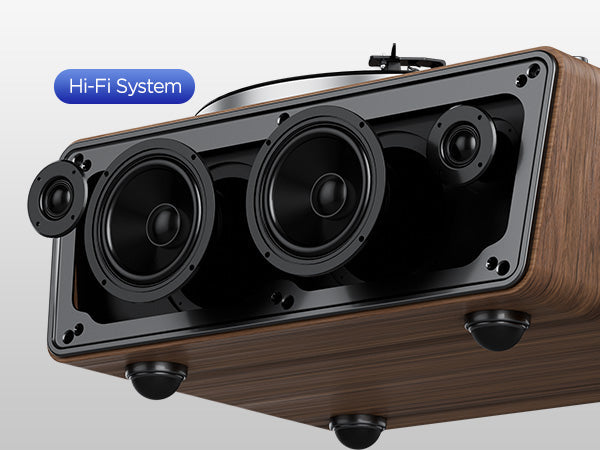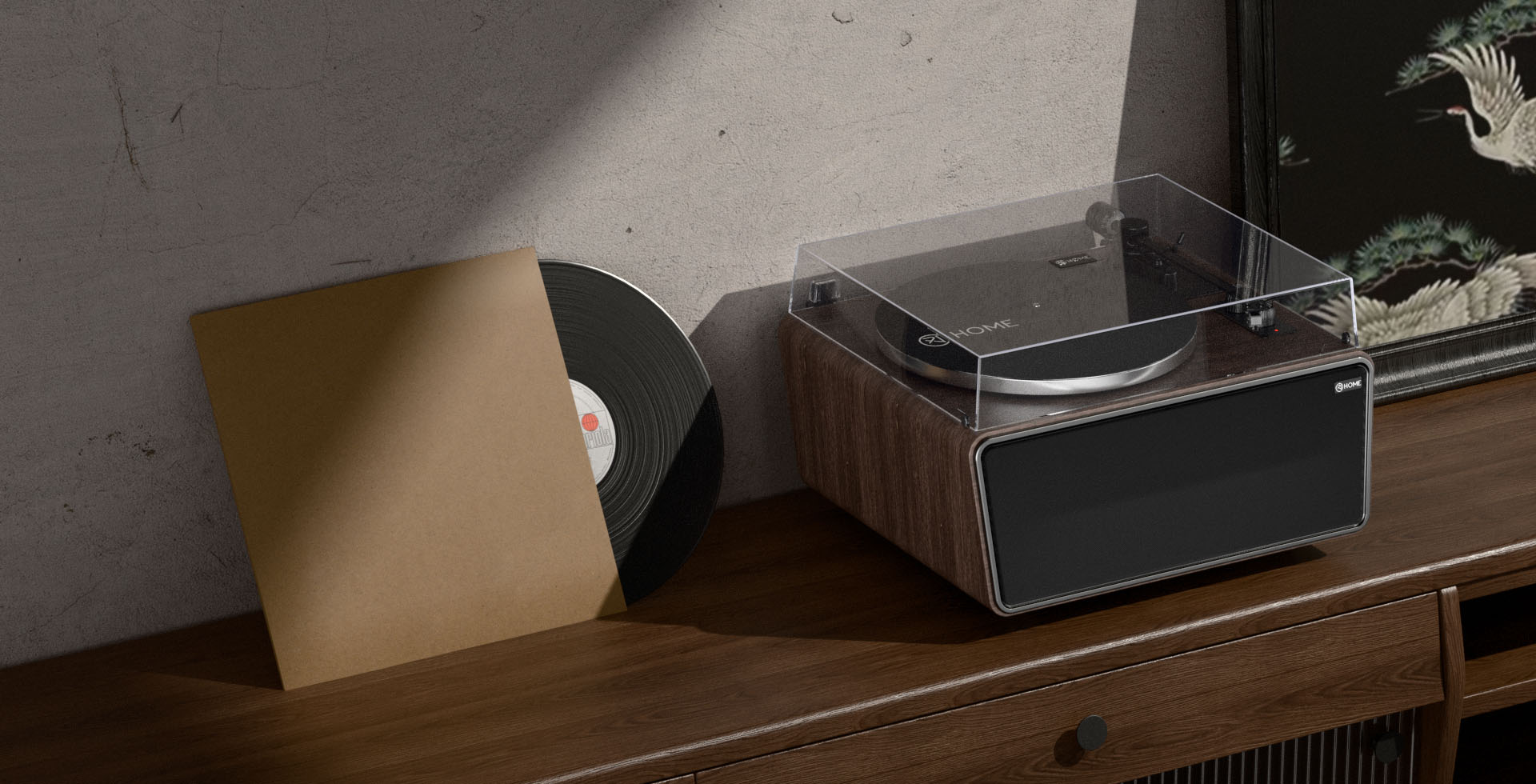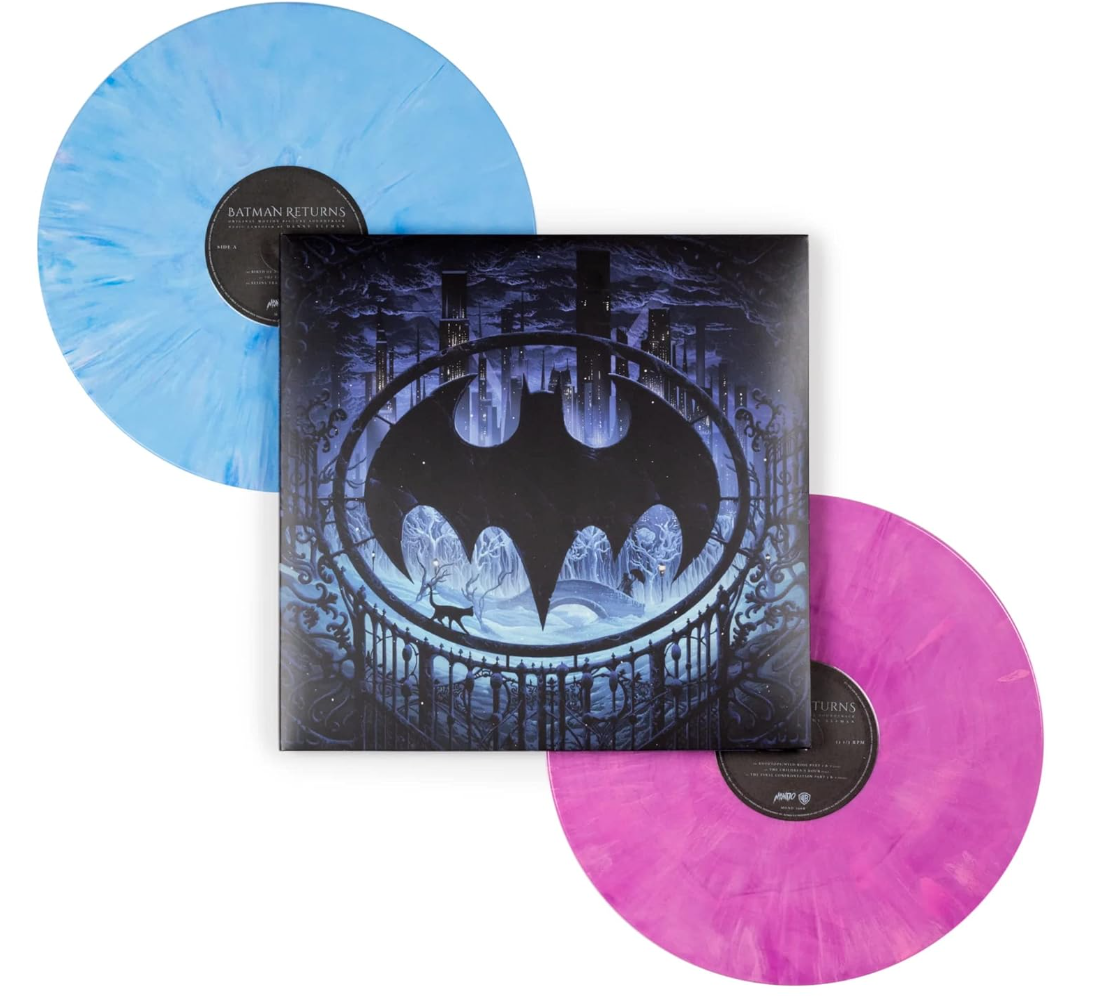The glowing five-star average, the "Top Rated" banner, the sheer volume of positive reviews – it's a siren song for anyone navigating the vast marketplace of Amazon, especially when on the hunt for a new record player. In our quest for quality and value, these indicators seem like trustworthy signposts, promising a shortcut to audio satisfaction. But for the discerning vinyl enthusiast, from the freshly curious to the seasoned collector, the question looms: does "top-rated on Amazon" truly equate to the "best" for your ears and your precious record collection?
The reality, as with many things in the world of high fidelity, is far more nuanced than a simple star rating can convey. Let's peel back the layers of the Amazon mirage and explore how to find genuine audio gold amidst the digital din.
Deconstructing "Top-Rated": What Do Those Stars Really Tell Us?
At its core, the appeal of "top-rated" lists taps into fundamental aspects of human nature: our reliance on social proof (if so many people like it, it must be good, right?) and our desire for cognitive ease (less research, quicker decision). Amazon's algorithm, a complex beast driven by sales velocity, review quantity, and keyword relevance, is designed to highlight products that move. This often means that items with mass appeal, lower price points, and a barrage of early, sometimes incentivized, reviews can rocket to the top.
But here's the rub for the audiophile: the priorities of the mass market often diverge significantly from the priorities of someone seeking genuine sonic fidelity and lasting quality. Features that might garner high praise from a casual user – say, built-in speakers on an ultra-budget model or flashy Bluetooth integration – can be red flags for those who understand that such inclusions at a low price point inevitably mean compromises elsewhere, usually in the core components responsible for actually playing the record well and preserving its delicate grooves.
The "top-rated" list can become an echo chamber, reflecting what's popular or aggressively marketed rather than what's sonically superior or built to last. The blind spot? The countless experienced listeners who source their gear from specialist retailers, or the quiet majority whose nuanced, perhaps less effusive, experiences don't make it into a five-star shout-out.
Beyond the Algorithm: First Principles of a Great Turntable
So, if we can't blindly trust the algorithm, what should we be looking for? The fundamental principles of good turntable design haven't changed much, even if the marketplace has.
-
Stability and Isolation: Vinyl playback is a game of microscopic vibrations. The stylus traces a groove tinier than a human hair. Any unwanted vibration – from the motor, from footsteps, from the speakers themselves – will be amplified along with the music, muddying the sound. A well-designed turntable features a solid, inert plinth (the base), a heavy, balanced platter to provide rotational stability, and effective feet to isolate it from its environment. Cutting corners here is the quickest route to sonic disappointment. For a deeper dive into how crucial isolation is, resources like Audiophilia's guide to turntable setup (while Part 1 of a series, it touches on foundational aspects) can offer valuable insights.
-
Speed Accuracy and Consistency: The platter must rotate at a precise and unwavering 33⅓ or 45 RPM. Fluctuations in speed, known as wow and flutter, can make music sound wobbly or unstable. A quality motor and a well-implemented drive system (belt-drive or direct-drive, each with its own engineering considerations) are paramount.
-
The Tonearm – A Precision Instrument: The tonearm's job is to allow the cartridge and stylus to track the record groove with pinpoint accuracy and minimal friction. It needs to be rigid yet lightweight, with well-engineered bearings. Crucially, for more advanced setups, features like adjustable Vertical Tracking Angle (VTA), azimuth, and anti-skate allow for meticulous calibration to extract the best performance from your chosen cartridge. While budget "top-rated" players often skimp here, offering fixed, non-adjustable tonearms, understanding their importance is key as you ascend the audiophile ladder.
-
The Cartridge and Stylus – The First Point of Contact: This is where the magic begins. The stylus reads the groove, and the cartridge converts those vibrations into an electrical signal. The quality of the stylus (its shape, material, and how it's mounted) and the cartridge type (Moving Magnet or Moving Coil being the most common) dramatically impacts detail retrieval, frequency response, and overall tonal character. Many "top-rated" budget players come with very basic, often unbranded, ceramic cartridges with conical styli that can be unkind to records and offer limited fidelity.
-
Build Quality and Durability: Will it last? Does it feel substantial? Or is it a festival of flimsy plastic? A turntable is a mechanical device. Better materials and more precise construction generally lead to better sound, longer life, and a more satisfying user experience. The long-term cost of a cheap player that needs replacing quickly (or worse, damages your records) can far outweigh the initial savings.
Archetypes on Amazon's Best-Seller List: A Critical Look
Scan Amazon's "top-rated" record players, and you'll likely encounter a few recurring archetypes:
-
The All-in-One Suitcase Player: Often brightly colored, with built-in speakers and a retro vibe.
-
Pros: Extremely affordable, portable, self-contained. They're undeniably a low-barrier entry point.
-
Cons: Generally, the audio quality is poor. The built-in speakers are tiny and tinny. More critically, many use inexpensive ceramic cartridges with heavy tracking forces and less-than-ideal tonearm geometry, which can accelerate wear on your precious vinyl. They serve a purpose for the ultra-casual, but serious listeners will quickly outgrow them.
-
-
The Entry-Level "Audiophile-Lite" Deck: Think brands like Audio-Technica (e.g., the AT-LP60X series) or some models from Fluance and Sony.
-
Pros: A significant step up from suitcase players. They usually feature better (though often still basic) moving magnet cartridges, more competently designed tonearms (though often with limited adjustability), and a focus on better core playback. Some offer upgrade paths, like the ability to change the cartridge.
-
Cons: Compromises are still made to hit a price point. You might find a less substantial plinth, a lighter platter, or a more basic phono preamp (if included). They can be a fantastic starting point for budding enthusiasts, but it's crucial to understand their limitations.
-
-
The Feature-Rich "Prosumer" Model: This category includes many direct-drive turntables often marketed with DJ features (pitch control, quick start/stop) or those boasting USB outputs for digitizing vinyl.
-
Pros: Can be robust and offer a lot of functionality for the price. USB connectivity is genuinely useful for those looking to archive their collection.
-
Cons: For pure listening pleasure, some of the budget allocated to these extra features might have been better spent on core audio components if sound quality is the absolute priority. Not all direct-drive systems at lower price points are created equal in terms of motor noise and isolation.
-
The XJ-HOME Philosophy: Seeking Authenticity in a Sea of Sameness
So, if raw Amazon ratings can be a deceptive guide, what's the alternative path for an enthusiast? It lies in cultivating a deeper understanding of what truly contributes to great sound and seeking out equipment that reflects a commitment to quality over fleeting popularity.
At XJ-HOME, we believe the journey into vinyl is profoundly personal. It's about forging a tangible connection with music, an experience enriched by equipment chosen with care, insight, and an appreciation for craftsmanship. This philosophy extends beyond just the turntable itself to the entire ecosystem that supports it. Whether it's ensuring your setup is perfectly calibrated with precision tools, selecting accessories that minimize resonance and static, or understanding the synergy between components, our focus at https://xenonjade.com is on empowering you to elevate that connection. We champion informed choices that lead to long-term satisfaction, moving beyond the ephemeral allure of mass-market metrics.
Smarter Shopping: How to Actually Use Amazon (and Other Resources) Wisely
This isn't to say Amazon has no place in your search. It's a vast resource, but it requires savvy navigation:
-
Dig Deeper Than the Overall Star Rating: Make a beeline for the 3-star and 1-star reviews. These often reveal recurring problems or limitations that glowing 5-star reviews might gloss over.
-
Consider the Reviewer: Is the review from someone who just unboxed it and loves the color, or from someone who details its sonic characteristics and compares it to other known equipment? Look for reviews that speak your language.
-
Cross-Reference, Cross-Reference, Cross-Reference: Don't let Amazon be your only source. Consult dedicated audio review sites (like What Hi-Fi?, Stereophile, or The Absolute Sound), and engage with enthusiast communities on forums like Audiokarma or the Steve Hoffman Music Forums. These platforms often feature expert reviews and passionate user discussions that provide far greater depth.
-
Define Your Priorities: What's most important to you? Is it budget above all? Portability? The ability to digitize records? Or is it uncompromised sound quality for dedicated listening sessions? Let your needs guide your shortlist, not just what's "popular."
-
Investigate the Seller and Warranty: Especially with more expensive gear, ensure you're buying from an authorized dealer if possible, and understand the warranty and support options.
Conclusion: Your System, Your Journey
Ultimately, a "top-rated" list on Amazon is just one data point among many—a snapshot of popularity, not necessarily a definitive statement of quality or suitability for the dedicated vinyl lover. The most rewarding path is one of education and personal exploration.
The true joy of vinyl lies in the rich, tactile experience of music, supported by a system that does justice to the artist's intent and the medium's unique charm. By understanding the first principles of good sound reproduction, critically evaluating the claims and clamor of the marketplace, and aligning your choices with your own listening priorities, you can assemble a system that brings you joy for years to come. And that kind of satisfaction is something no algorithm can quantify. Happy listening!





Leave a comment
All comments are moderated before being published.
This site is protected by hCaptcha and the hCaptcha Privacy Policy and Terms of Service apply.